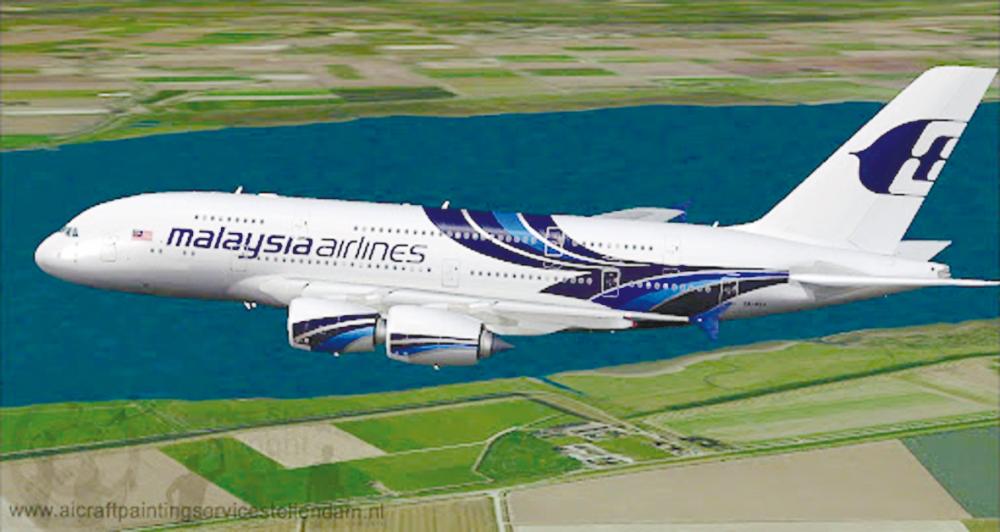KHAZANAH Nasional Berhad, through Malaysia Airlines Group, has finally decided to put up their six Airbus A380 aircraft for sale.
I had written an article regarding Malaysian Airlines A380 in theSun in January. It was further expanded, detailing the background of the purchase in my book Malaysian Aviation – The Untold Stories, published in March. I had mentioned that the best option for the aircraft was to sell them. They have no other choice.
Now all grounded, the next period the aircraft can be of some use is the next Haj season, which is about one year away – and for the Umrah operations when Saudi Arabia opens up again for pilgrims. But at the most, only three aircraft would suffice.
To keep them idle on the ground, they would still need to be maintained. To fly them when the borders are open, which we still do not know when, not being able to fill up the seats, means operating at a loss.
So indeed, the airline, like all airlines that at one time boosted and boasted their image upon securing these now “white elephants”, is in a bad situation. And this is an understatement. Following that decision made a week ago to sell them, a local daily opined that it was a “good decision but wrong timing”.
It quoted an opinion that Malaysia Airlines should have sold the A380s a long time ago. But anybody can be wise with the benefit of hindsight.
Airlines, with Singapore Airlines as the launch customer in October 2007, went for the aircraft for two main reasons:
1) With the boom of the aviation industry at that time, there was a need for bigger aircraft.
2) The biggest commercial aircraft then, Boeing 747-400, were due for replacement.
Singapore Airlines acquired 19, followed by Qantas, with six; and Thai International, with six. The airlines in the Middle East were the biggest buyers – Emirates, with an unbelievable number of 117, followed by Qatar and Etihad, 10 each. Malaysia Airlines had to join the league, lest it be totally pushed out of competition flying aircraft, with inferior product.
Nobody expected Covid-19 to create havoc to the aviation industry. Virtually all of these giants are now lying idle on the ground. With the virus not going away and with the emergence of new variants, there are still uncertainties as to the future of air travel. But one thing is certain, the days of A380 aircraft are numbered.
Since then, the two major aircraft manufacturers, Airbus Industrie and Boeing Aircraft Company, have come up with 2-Engine Long Range wide body aircraft that can cover the routes done by the 4-engine giant: Airbus A350- 900, and Boeing B777 X.
Seeing a bleak future for the aircraft, Singapore Airlines had laid out plans to retire seven of their Airbus A380. Other airlines may follow suit.
The decision by Malaysia Airlines to sell their six A380 is an expected move, but a little too late? No, circumstances prevail. The big question is, under the present situation with restrictions still on air travel, who would buy them, no matter how low the price?
Capt Mohd Kamil is a former Malaysia Airlines director of Flight Operations.









